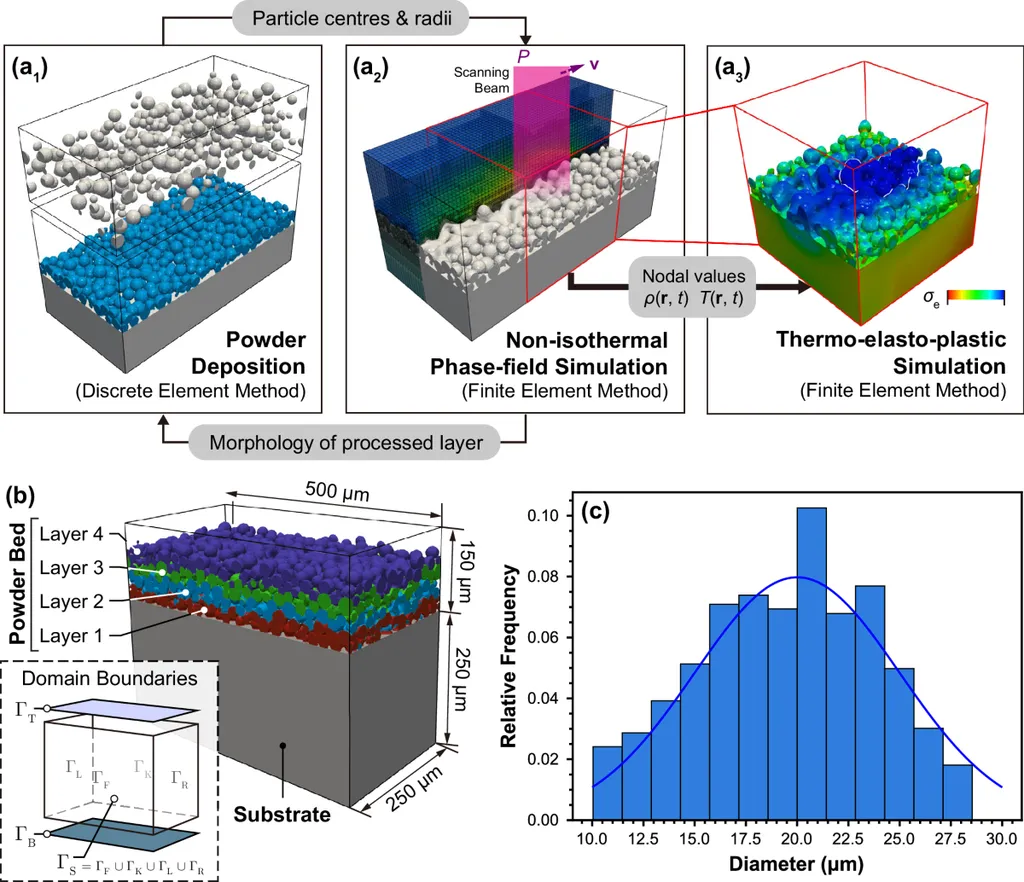In the realm of structural engineering, a significant stride has been made by Rumia Z. Kiseleva of the Volgograd State Agrarian University, whose research on elasto-plastic deformation analysis is set to influence how we understand and predict the behavior of materials under stress. Published in the journal *Structural Mechanics of Engineering Constructions and Buildings* (translated from Russian as *Sovremennye Problemy Razvitiya Stroitel’nykh Konstruktivnykh Materialov*), Kiseleva’s work introduces a novel approach to finite element analysis that could have profound implications for the energy sector and beyond.
At the heart of Kiseleva’s research is a new type of finite element, shaped like a prism with triangular bases. This element is unique because it considers both displacement increments and stress increments as nodal unknowns, providing a more comprehensive picture of material behavior. “By using this mixed finite element, we can capture the nuances of elasto-plastic deformation more accurately,” Kiseleva explains. This is particularly important in the energy sector, where structures are often subjected to complex loading conditions and must maintain integrity under extreme stress.
Kiseleva’s approach employs two versions of physical equations to describe elasto-plastic deformation. The first is based on the well-established theory of plastic flow, while the second introduces a novel hypothesis: that the components of the deviators of deformation increments are proportional to the components of the deviators of stress increments. This dual approach allows for a more robust analysis, as Kiseleva notes: “The agreement of the calculation results using the two versions of the constitutive equations demonstrates the reliability of our method.”
The practical implications of this research are substantial. In the energy sector, for instance, accurate prediction of material behavior is crucial for the design and maintenance of infrastructure such as pipelines, wind turbines, and nuclear reactors. By providing a more precise tool for elasto-plastic analysis, Kiseleva’s work could lead to safer, more efficient structures and significant cost savings.
Moreover, the use of a nonlinear mixed functional to derive the stiffness matrix of the finite element opens up new avenues for research and development. As Kiseleva’s work gains traction, it could inspire further innovations in finite element analysis, shaping the future of structural engineering.
In the words of Kiseleva, “This research is not just about advancing our understanding of elasto-plastic deformation; it’s about equipping engineers with the tools they need to build a safer, more sustainable world.” With its potential to revolutionize the way we analyze and design structures, Kiseleva’s work is a testament to the power of innovative thinking in the field of structural engineering.

